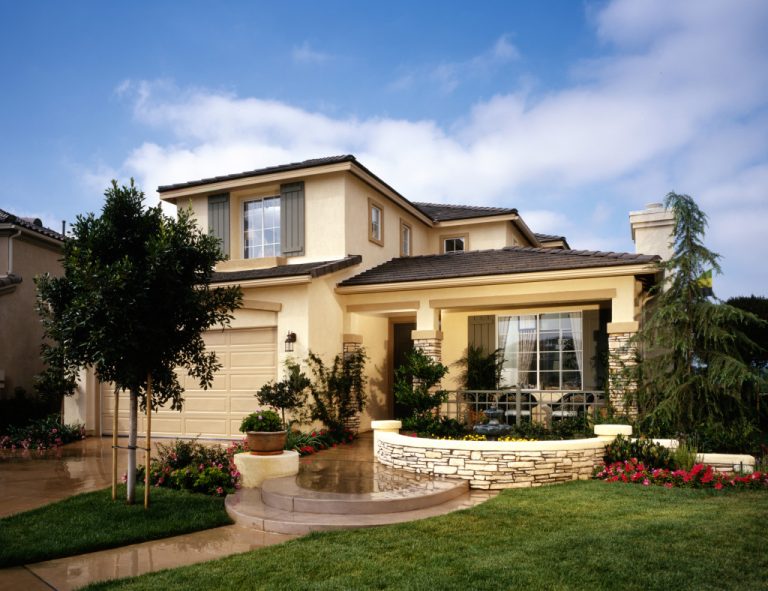- Proper planning and research are essential when considering adding another floor to a house.
- Budget, building codes & regulations, existing structure & foundations, electrical capacity & plumbing setup, interior design requirements, and accessibility concerns should be considered in the decision-making process.
- Professionals experienced in multi-story architecture should be consulted to ensure that the new floor addition is structurally sound and compliant with building codes.
- Interior design requirements should be considered to ensure the space is functional and aesthetically pleasing.
Adding another floor to your house is a big decision that should be made carefully. It can drastically change the look and feel of your home and add value if done right. There are several factors to consider when making this decision and it’s important to weigh them before deciding. With careful planning and research, you can ensure that adding another floor will give you exactly what you need for years.
Construction Considerations
Considering various home construction factors is an important part of the process. Here are some things to consider when making this decision:
Budget

It is crucial to properly account for the associated costs and consider their impact on your budget. Many factors must be considered when determining costs, including the materials needed, permits required, labor costs, and potential additional expenses such as insurance and property tax increases.
A thorough analysis of these factors is necessary to determine whether adding another floor is financially feasible and sustainable. It is imperative to keep a strict budget during the planning phase to ensure expenses do not exceed expectations. Properly considering the budget is essential to avoiding financial strain and ensuring a successful home renovation project.
Building Codes & Regulations
Building codes and regulations are a complex set of guidelines that dictate how a building should be constructed. These codes ensure the safety of the structure’s occupants and the general public. When considering adding another floor to your house, it is crucial to consider the codes and regulations that apply to your property.
Ensuring compliance with these guidelines will help prevent accidents and injuries and avoid legal ramifications that could arise if the building is non-compliant. Therefore, consulting with a qualified professional who can guide you through complying with Building Codes and Regulations is recommended.
Existing Structure and Foundations
The status of the load-bearing walls, floor joists, and the foundation’s ability to support the added weight are essential factors that should not be overlooked. Careful attention must be paid to the integrity of the existing structure when making any additions.
Hiring professional engineers and contractors experienced in multi-story architecture is vital to assess and ensure everything is structurally sound. Once you have determined that the existing structure can support the added weight, it’s essential to use durable rope rigging hardware to transport materials to the upper floors safely.
It’s a small investment that can prevent unexpected accidents from happening. Properly considering the existing structure and foundations is crucial when adding floors to create a safe, comfortable, and durable home.
Electrical Capacity & Plumbing Setup

The electrical system’s capacity is the amount of power it can handle without overloading and causing a fire hazard. Meanwhile, plumbing setup deals with how water supply and drainage are implemented. Proper estimation of both systems’ capacity and application must be considered to prevent overloading.
Neglecting such factors can pose a risk to the safety of the house occupants. Being irresponsible or ill-informed on these matters can lead to dangerous consequences like electrical and plumbing malfunctions, which can be costly to repair. Therefore, expert consideration of these factors is necessary to ensure a safe and successful floor addition to one’s house.
Interior Design Requirements
Successfully considering interior design requirements when adding another floor is crucial for making the most of your house. Without thoughtful planning, the result can feel cramped, cluttered, or disjointed. Interior design requirements might include the number and placement of electrical outlets, sufficient lighting, adequate ventilation, and effective use of space and color.
They can also encompass issues such as accessibility, acoustics, and safety. An experienced designer will have the technical knowledge and creative flair to harmonize all of these factors in a functional and aesthetically pleasing way. By taking the time to consider interior design requirements, you can ensure that your new floor is a comfortable and stylish addition to your home.
Accessibility Concerns
When contemplating adding another floor to their house, homeowners must consider accessibility concerns. This means considering the ease of movement for everyone using the new space, including elderly relatives or friends, individuals with disabilities, and even young children.
The importance of accessibility cannot be overstated, as it ensures that all persons can navigate the new addition without difficulty or discomfort. From stairlifts to wider doorways to even installing an elevator, homeowners must take the necessary steps to ensure the new floor will be accessible. Overall, accessibility should be a top priority for homeowners when thinking about adding another level to their dwelling.
These are just a few factors to consider when adding another floor to your home. If you plan carefully, research, and fully understand the implications of installing a new floor, you can be confident that it will be beautiful and functional for many years.
